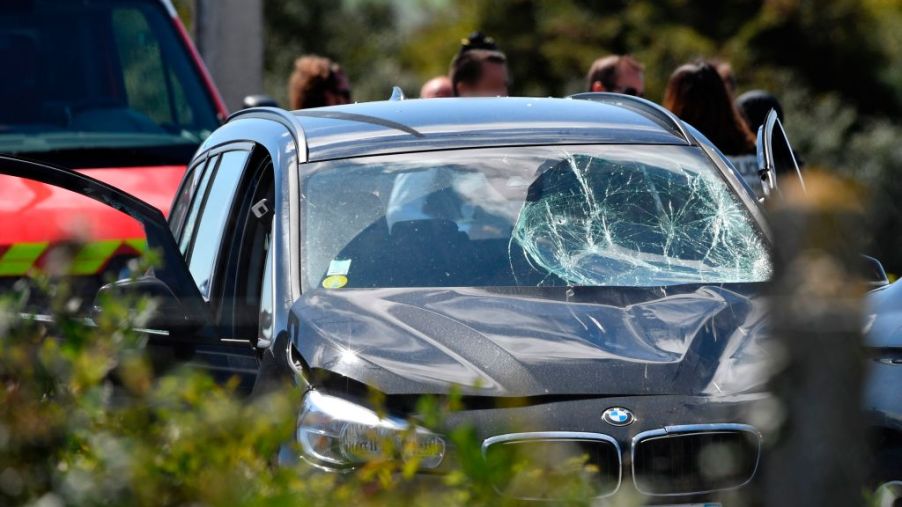
AAA Says This May Make Your Car Windows More Dangerous
Automotive glass has been specially engineered to provide vehicles with strength and durability, while also minimizing potential hazards to both drivers and passengers.
The first safety glass to be introduced in automotive design was tempered glass. First engineered by an Austrian chemist in the early 1900s, tempered glass possessed unique qualities that made it a safe choice for the side and rear windows in cars. Unlike traditional glass, which can shatter into dangerous shards upon impact, tempered glass contains a coating that makes it stronger and safer.
Tempered glass was first introduced in the mid-1930s, and soon became standard in cars. By the 1960s, the NHTSA had realized the critical importance of ensuring that car windows and windshields were constructed from the safest materials possible. By the 1960s, laminated glass was introduced as an alternative to tempered glass.
Though laminated glass has been shown to be more shatter-resistant and durable than tempered glass, this material could pose unforeseen safety risks. Car and Driver has recently reported a list of vehicles from AAA that could contain dangerous laminated glass. To understand the risks posed by laminated glass, we’ll take a look at the difference between laminated and tempered glass.
The differences between laminated and tempered glass
The science behind both laminated and tempered glass dates back to the early 20th century. Early on, automakers decided that laminated glass could be used as a windshield material to protect the driver in the event of a collision. By contrast, tempered glass was originally used on the side and passenger doors of a car.
Tempered glass and laminated glass differ in their chemical composition, as well as their characteristics under a sudden impact. Tempered glass shatters into tiny, harmless pebbles when it is struck. By contrast, laminated glass can withstand very heavy forms of impact without breaking. Up until the 1980s, car makers typically placed tempered glass on passenger windows so that it would be easy to shatter these windows in the event of an emergency.
As car safety technology advanced, auto companies began to incorporate more laminated glass in its side window designs. Originally reserved exclusively for windshields, laminated glass is now found in the side doors and rear windows of many modern vehicles. The reason for the switch can be linked to new regulations passed by the NHTSA in 2011 requiring carmakers to introduce advanced ejection mitigation technology into cars.
The possible dangers of laminated glass
Since laminated glass does not shatter as easily as tempered glass during a collision, it can help to keep the driver and passenger safely inside of the vehicle in the event of a car crash. While laminated glass has helped car manufacturers increase the collision safety ratings of its vehicles, this material may actually pose greater risks under certain scenarios.
In rare instances, drivers and passengers may need to break their side windows in order to safely exit a car that is sinking underwater or on fire. Tempered glass is easy to shatter, but laminate glass has shown to be very difficult to break through using commercially available window shattering tools.
If you are concerned about safety risks related to laminated glass in your side windows, you can review this list from AAA that outlines every vehicle that may have impenetrable side and rear windows.
Even if your car is on this list, however, you should not be too worried. While water and fire-related accidents are very serious, they make up less than .5% of all accidents that are reported on the road. With most passenger and driver injuries occurring during collisions, laminated side windows will actually do a more effective job of keeping you safe on the road.


